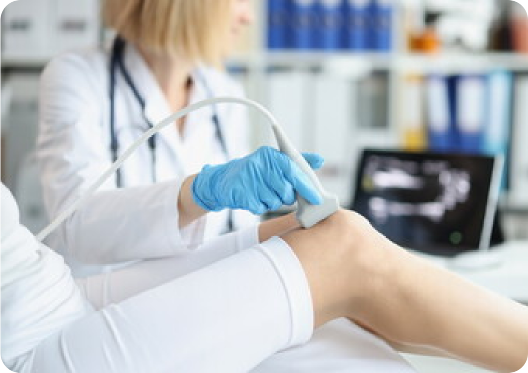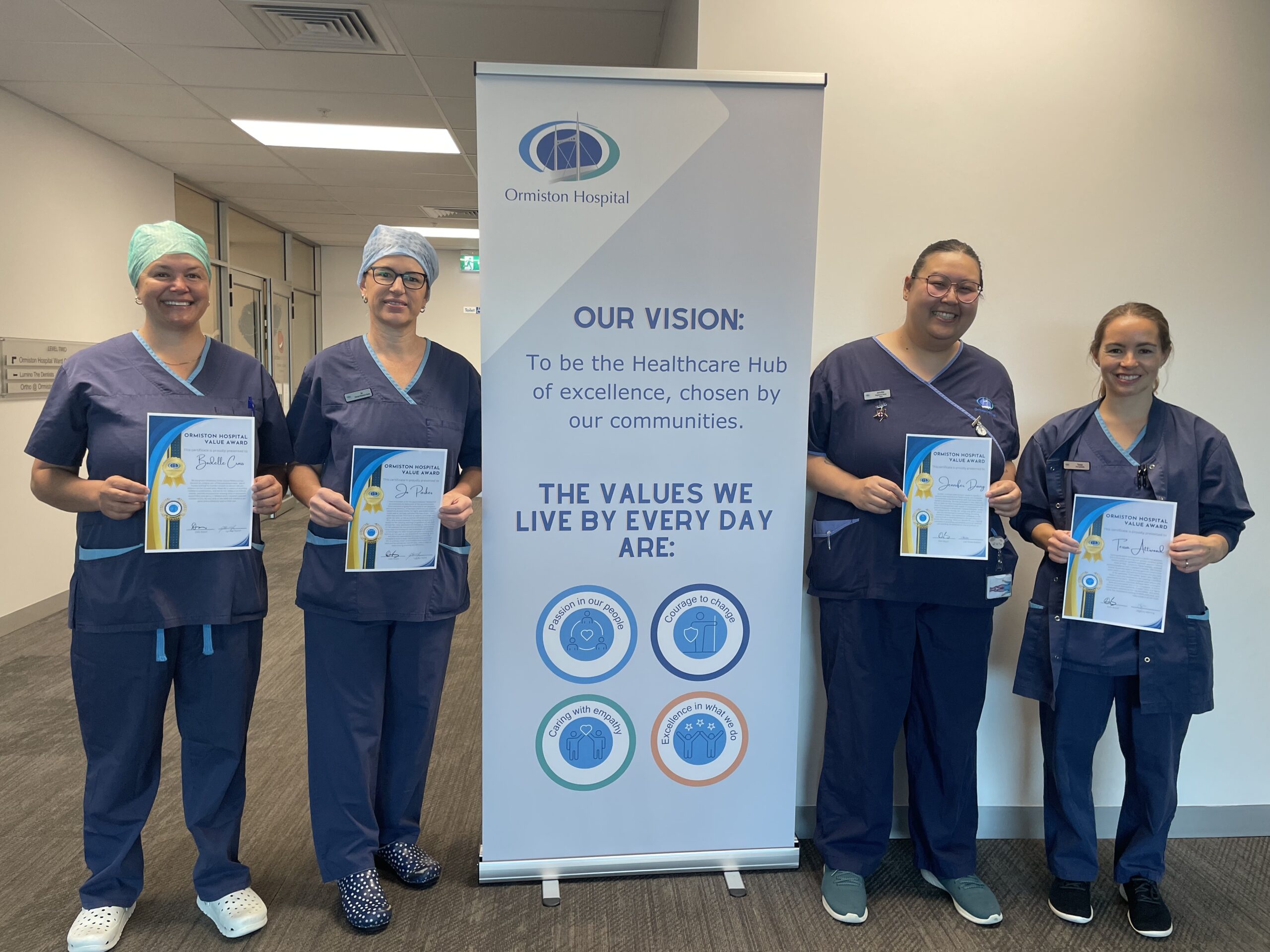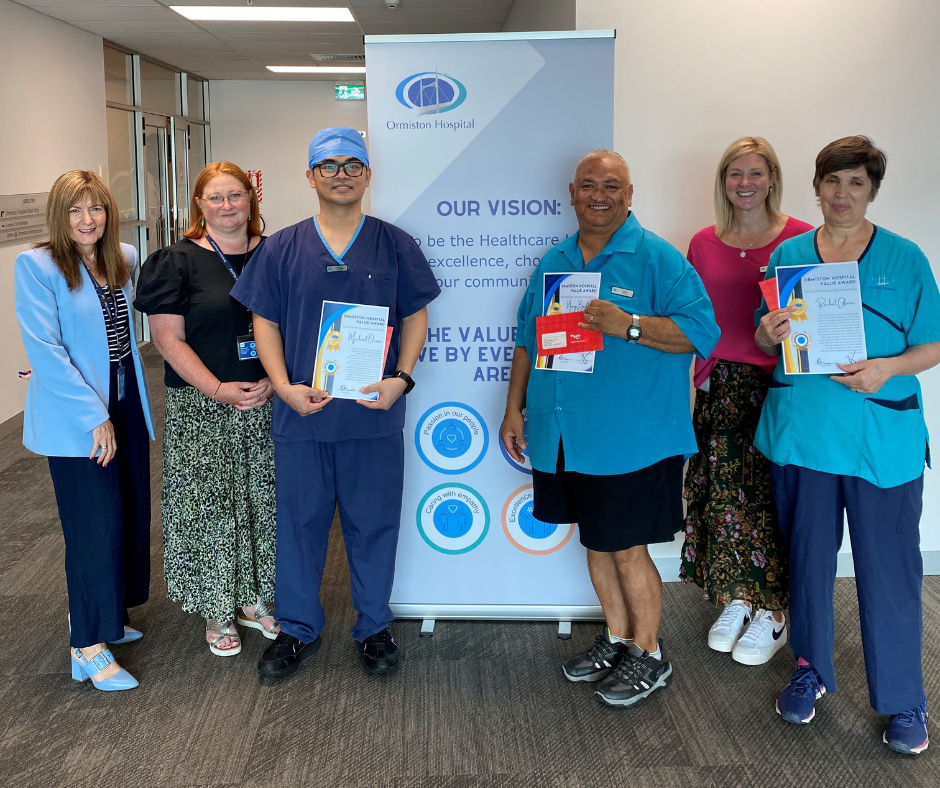A gastric balloon is a soft and durable balloon made of silicone rubber that is placed inside the stomach to limit its capacity and help you to feel full with less food.
Ormiston Hospital offers three types of gastric balloons – Orbera B2B, Orbera 365, and Spatz 3. The Orbera B2B balloon package involves replacing the original balloon that is inserted after six months for a larger, newer balloon that will remain for the remaining six months. We provide our patients with dietician support once they learn how to use their balloon to aid in weight loss over the course of a year.
After the 12-month period, the balloon is removed via endoscopy and the whole process will take around 15 minutes.
At Ormiston Hospital, we provide a safe, comfortable private hospital environment for your procedure. Our expert team of weight loss specialists at Ormiston Weight Loss Service (OWLS) provides a multidisciplinary approach both before and after surgery to help you meet your weight loss goals.
Need to know
The fitting of an intragastric balloon is typically recommended if:
- Your body mass index (BMI) is in between 30 to 40
- You are unable to lose weight despite diet, medication, and lifestyle changes.
- You would prefer a less invasive procedure rather than opting for bariatric surgery (weight loss surgery). Bariatric surgery may impact your face and body shape dramatically.
The goal of an intragastric balloon is to make you feel full quickly after a few meals and to maintain the feeling of fullness for a longer time so that you feel less hungry in between meals. When the intragastric balloon is placed inside your stomach, it takes up much of the room and leaves no space for larger meals and fluids.
During your private consultation with one of our gastroenterologists, they may ask a few questions about your current health condition and medical history. They will perform a physical examination and explain both the benefits and the risks associated with the procedure. They will discuss your weight loss goals and perform a few tests to ensure that you are eligible for the procedure. If you wish to go ahead with treatment, you can work with the admissions team to arrange a date for the procedure.
Once you are mildly sedated and relaxed, the procedure begins. The deflated gastric balloon is inserted via your mouth, through the oesophagus and into your stomach. Once it is in the correct position, the balloon is filled with a safe and sterile solution via a syringe. The balloon resembles the size of a grapefruit after it is filled with the solution. This whole procedure typically takes 15 to 20 minutes. At Ormiston Hospital, we offer balloons that stay inside you for approximately 12 months to attain significant weight loss.
You may experience nausea, vomiting, and stomach cramping for a few days following the procedure. Your doctor may prescribe some medications for these symptoms, and they typically resolve within 3 to 5 days. You may feel the balloon inside your stomach for a few days. There are a few rare complications include balloon rupture or balloon migration.
Your doctor may instruct you to be on a liquid diet for a few days before the procedure so that you can empty your stomach. The night before the procedure, you will be asked not to eat or drink anything after midnight. Make sure to bring someone with you on the day of the procedure.
You will be mildly sedated and once you are comfortable and sleepy, the procedure begins. Your vitals are monitored regularly by the team to ensure that the procedure is as smooth and effective as possible.
You can go home when the sedation wears off. You can resume all your activities including work, swimming, and travel. Your doctor may recommend a liquid diet for the first two weeks after the procedure. You can start to eat regular food gradually after that period. A dietician provides necessary guidelines regarding your diet restrictions.
Specialist Surgeons





